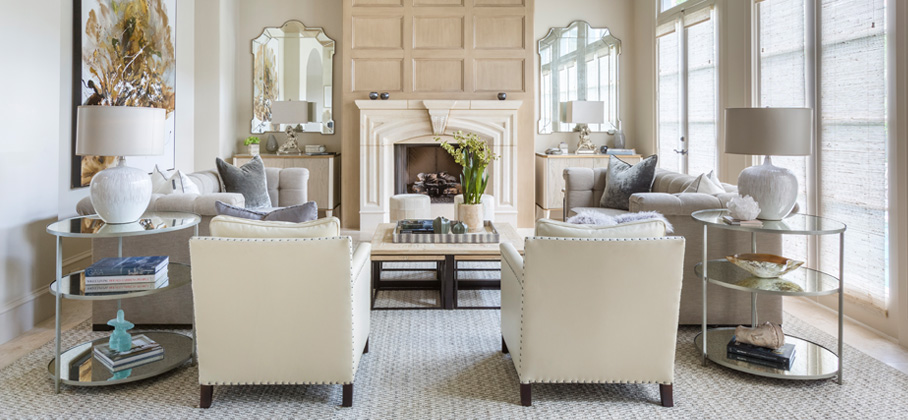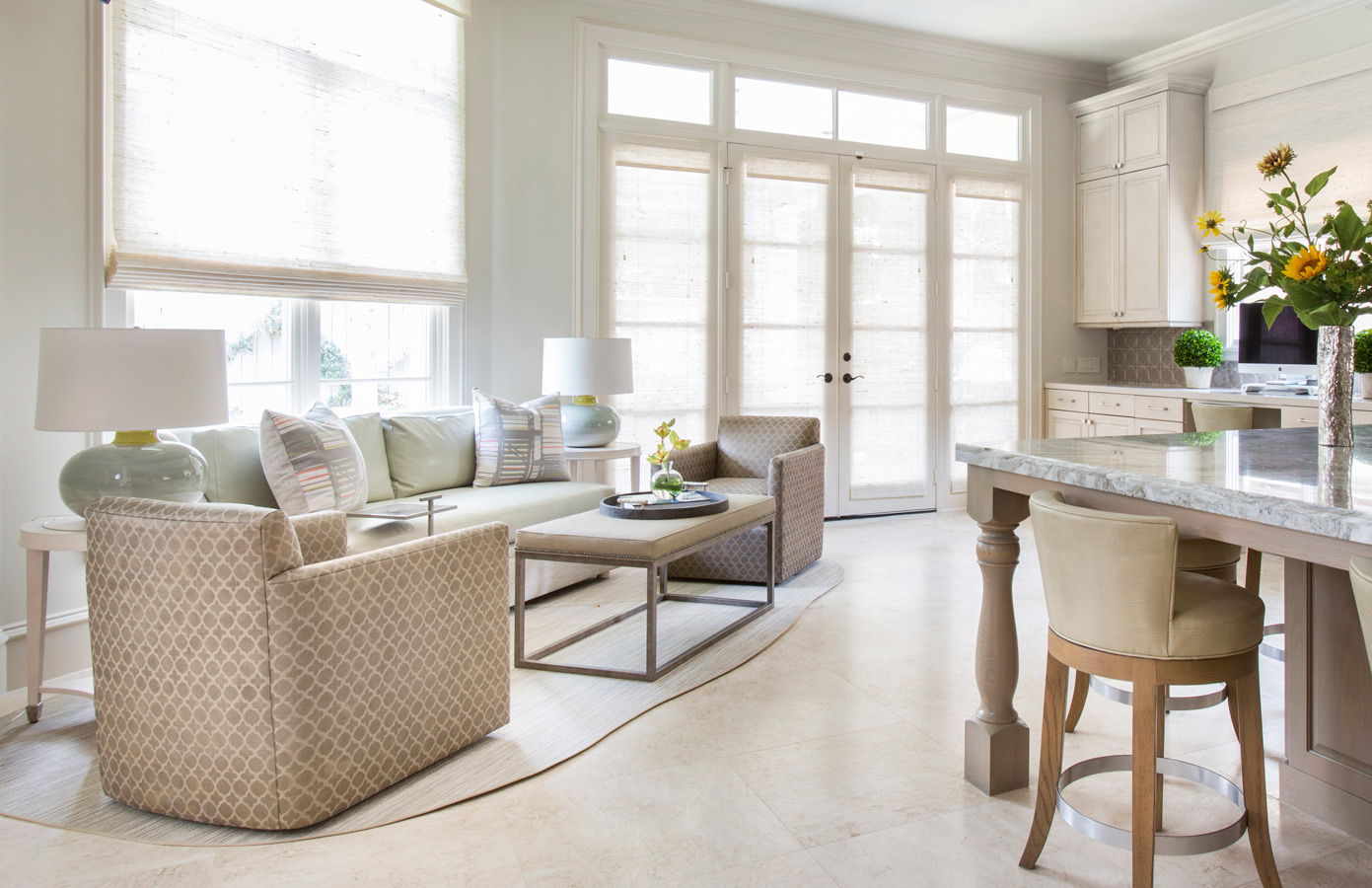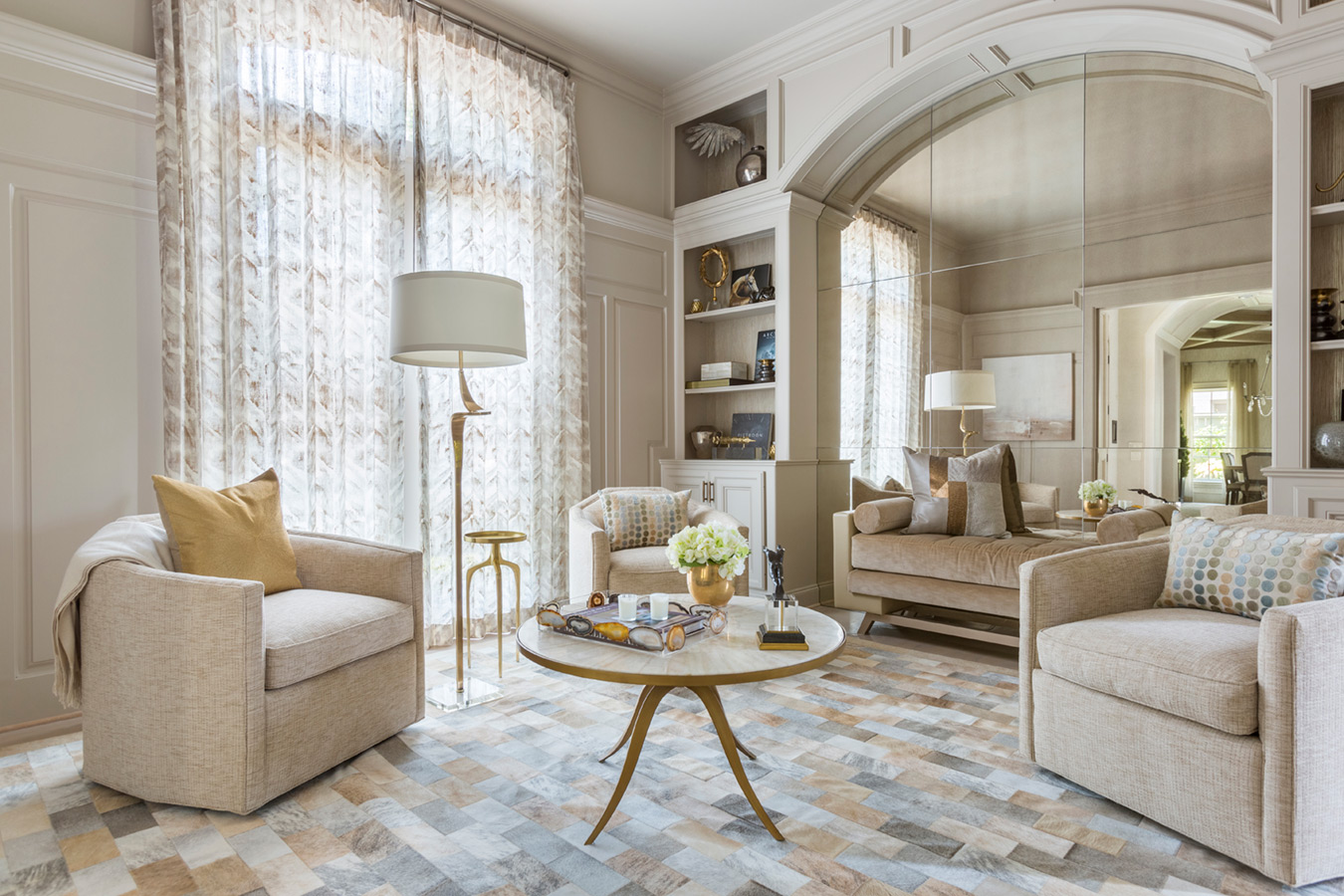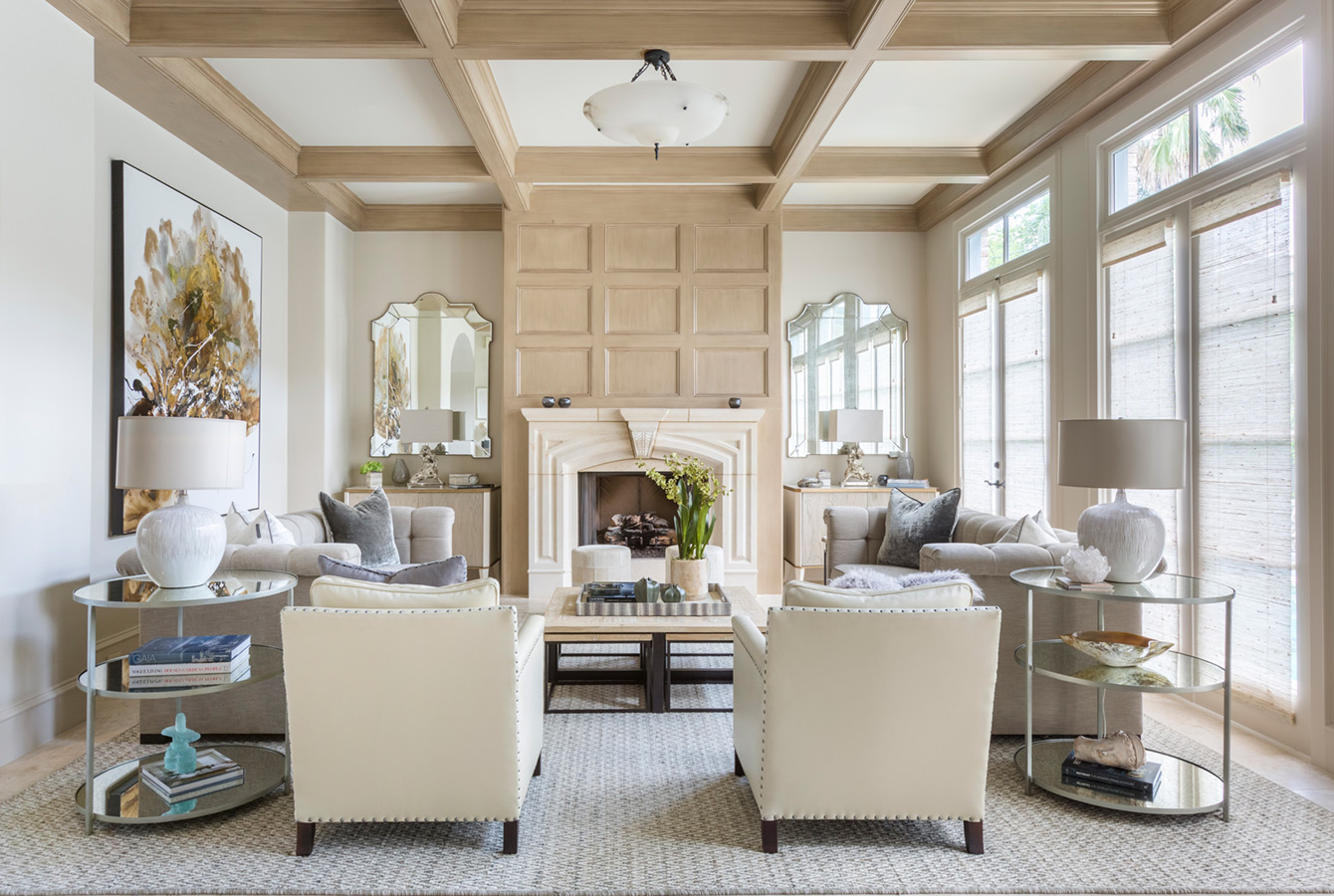Everyone has the ability to envision, but in order to define the details of a specific vision, like your home, you must focus. As a designer, the first conversation I always have with my clients goes like this: “Tell me your view of your home.” I ask them to do their “homework”—to collect pictures they like and make lists of their needs.
The perfect home is much more than a house in the right neighborhood, or one with square feet to spare. This special home is one that first must fulfill the needs of you and your family, working with your lifestyle. Before you can plan your ideal home—before you get down to the details of how many bedrooms and baths and what kind of appliances you want in the kitchen—you need to refine your emotional response to “home.” How you want to feel when you walk into the home? Do you want it to feel friendly, welcoming, uplifting? Maybe peaceful and quiet? Does art inspire you when you walk in?
When you think about home, don’t think about the hottest trends or accessories. Think about comfort, about the people you want around you, about family photos. Think about your life, not décor.
Think about the elements that make you dream of your desired space.
Besides location and size, what shapes your vision for the space? What kind of environment will support your needs? Whether your special home is spacious or small is really not relevant when you are focusing on your vision. A 4,000-square-foot house can be designed to feel “intimate” if that is the vision. On the other hand, a limited space can appear larger with visual “expanders” such as glass, light colors, and mirrors. Is it all about light or mood? Most importantly, what inspires your life? Perhaps you like a space filled with natural light. Or maybe you prefer rooms that feel warm and cozy. Do you feel best surrounded by calm, neutral hues, or do you love the energy of strong colors? Do you respond the most to your surroundings when inside or outdoors?
In the initial planning stage—the vision stage—think about how you want to live in your ideal home.
Yes, you want it to look beautiful, but that’s only part of the holistic design process. Where do you want to have conversations? Do you and your family and friends usually gather around the kitchen table, or do you settle on the sofa and easy chairs? Where do you like to sit quietly and read? Do you want a private place to paint or sew? These are the wishes that help shape your vision. It really is “all about you!”
Will your home be filled with children and activity for many years to come? Or will the kids be moving away in a few years? Will you be retiring soon? One couple anticipating retirement wanted to leave their big house, to pare down, lighten up, simplify. They envisioned having visual space, not necessarily a large living space. They moved to the coast, where they can look out to sea and the horizon, never feeling closed in. That’s their perfect reality!
If your dream home will be a family home, you need to plug into the other family members’ dreams.
A spouse may envision being surrounded with art and windows rather than paneled walls. A 9-year-old girl’s wishes are likely to be totally different from those of a 12-year-old boy. Don’t forget to ask, even if you have reservations about what they may contribute. Everyone’s input can open up new possibilities, so don’t fight it…allow it! Remember, if your son wants black walls to look like outer space, in two years he may want to repaint them brick red. Enjoy the fun!
Favorite colors will help create your vision.
Color is such a powerful design element, especially in the spaces we inhabit. Why shouldn’t you live with the colors that make you feel good?
Don’t get hung up on the name of a room.
Just because it’s labeled a certain way in an architect’s plans doesn’t mean you can’t adapt it to another purpose. For instance, the dining room can have multiple uses; it can also be a library, or a project space adjacent to the family room. The function of different spaces may even change over time as your lifestyle, preferences, and needs evolve.
Whether or not you will have professional assistance in planning your home, you must first do your personal homework.
These exercises are designed to help you give shape to your vision, so that you can clearly and completely articulate it to someone else. You have to know how you want your home to feel so that the design process – and physical spaces that follow – are true to your needs and desires. Think about and write down, your response to other places—your parents’ home, your friends’ homes, pictures in design magazines. What do you like? What don’t you like? What makes you feel good, happy?
One more thing: Bring your vision into the context of your life today—and tomorrow—not the way it has been in the past. In other words, think about how you want to live in the future, not necessarily how you live now.





